Blog Details
Don't miss the Passu Cones while you're in the Hunza Valley.
Passu Cones, Passu Cathedral or also known as Tupopdan is a set of incredible mountain peaks above 6000 meters high. Passu Cones/Cathedral is the most photogenic peak in the entire area, towering on the other side of the river, in fornt of the mighty Karakaraum Highway with a fantastic rock crown that resembles a cathedral.
WHY You need to add Passu Cones to your travel bucket list:
Unparalleled scenery: The views from anywhere in Passu village are simply magical.
The unique formations of the Passu Cones, with their distinctive shapes and dramatic lighting, make them a photographer’s dream. Capture their grandeur at sunrise, bathe in the golden hues of sunset, or try your hand at starry night photography.
A touch of history: The Passu region is steeped in history, with ancient caravan routes
A touch of history: traditional Wakhi villages. Discover the fascinating culture of the Wakhi people, their distinctive traditions, and their profound connection to the mountains.
Different perspectives, Views of the Passu Cones, Passu Peak, Passu Glacier, and the Karakoram highway, along with the Passu Cones.
Passu village and its surrounding landscapes draw global travelers, geologists, geographers, photographers, and everyone else with their mystical allure. Multinational cultural influences, the intelligence behind their formation, and their active geological features have benefited a wide range of academic and professional interests.
The Passu Cones illustrate geological processes of the Karakoram. The Cones are composed primarily of sedimentary and metamorphic rocks and speak to the topographic story of the mountains. The rocks in the Passu Cones originally formed in ancient seabeds and are composed of sediment that accumulated over millions of years. Not only is the area around the Passu Cones an extraordinary geological feature, but it also possesses a rich history and culture. Passu village, situated at the feet of the Cones, has been inhabited for many centuries, and its history is intertwined with that of the wider Hunza Valley and the ancient Silk Road.
The cultural and spiritual importance of the Passu Cones also connects to local folklore and art. It is common for the cones to be used as subjects in art and drama productions within the area, and they serve as a creative muse for poets, painters, and musicians. The village is predominantly inhabited by Wakhi people who migrated in waves from Wakhan between 1870 and 1948 to different areas of northern Pakistan. They speak the Wakhi language and are homogeneously Ismailis.
From March to November, passu cones receive the summer session. It gets warm during the day, but the weather cools off in the evening. From mid-November to mid-March, Passu cones receive snow, and during that time, the Mighty Passu Cones and the surrounding area are covered with a white blanket.
Passu village is a truly fantastic place to visit and enjoy the serenity of this breathtaking spot. So what are you waiting for? Plan your trip by clicking the button below and completing the form.

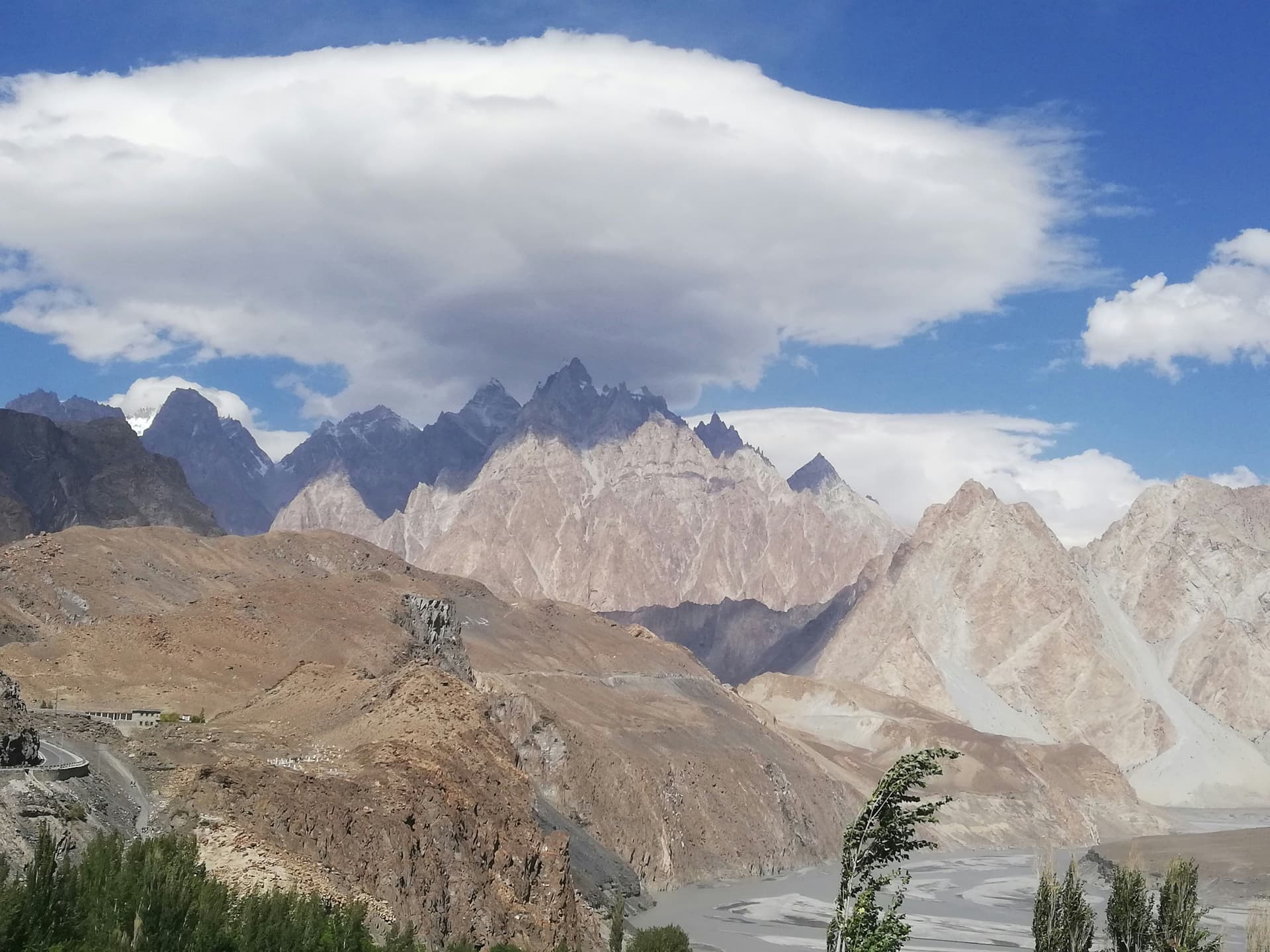
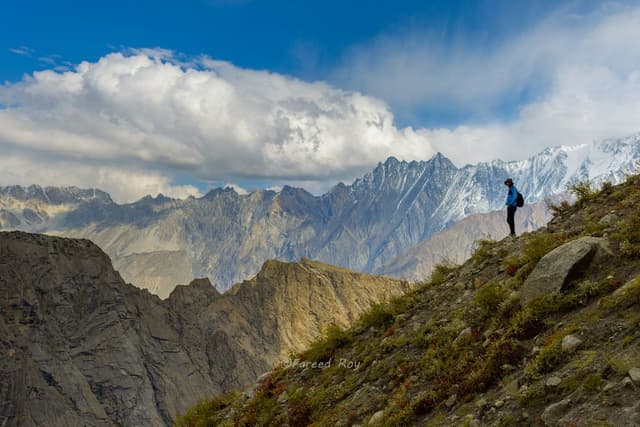 Hunza Valley Tour Packages (7-days)
Hunza Valley Tour Packages (7-days)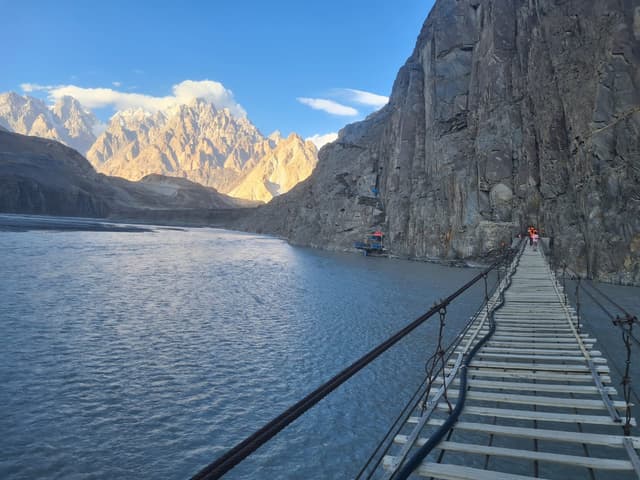 Hunza Valley Tour (7-days)
Hunza Valley Tour (7-days)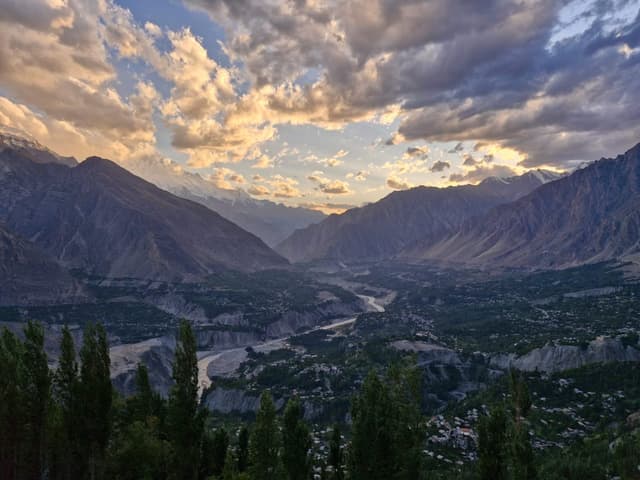 5 days trip to Hunza Valley by Air (5-days)
5 days trip to Hunza Valley by Air (5-days)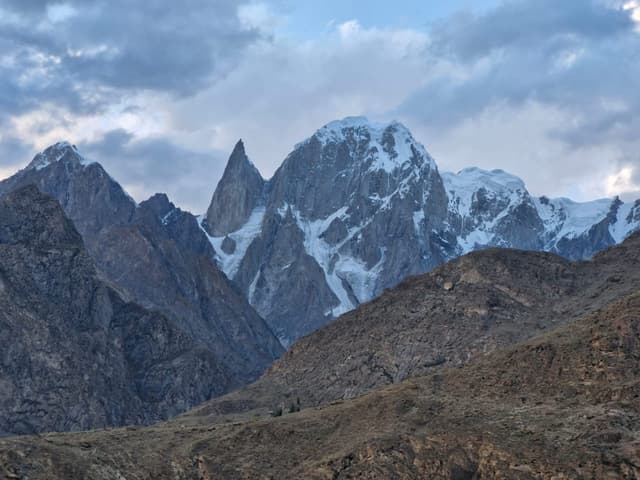 Hunza Tour by air for 06 days (6-days)
Hunza Tour by air for 06 days (6-days)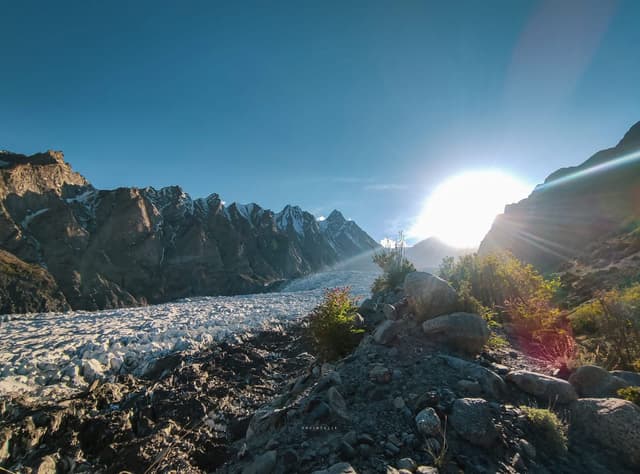 Hunza Valley and Rakaposhi Base Camp Trek and Tour (9-days)
Hunza Valley and Rakaposhi Base Camp Trek and Tour (9-days)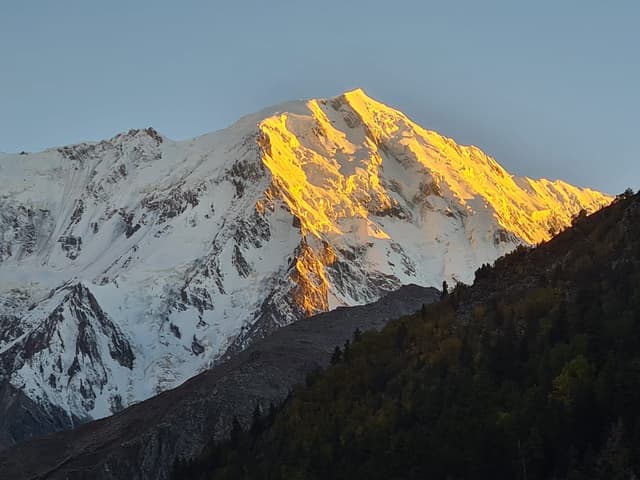 Fairy Meadows, Rakaposhi Basecamp, Hunza Valley and Patundas Trek and Tour (15-days)
Fairy Meadows, Rakaposhi Basecamp, Hunza Valley and Patundas Trek and Tour (15-days)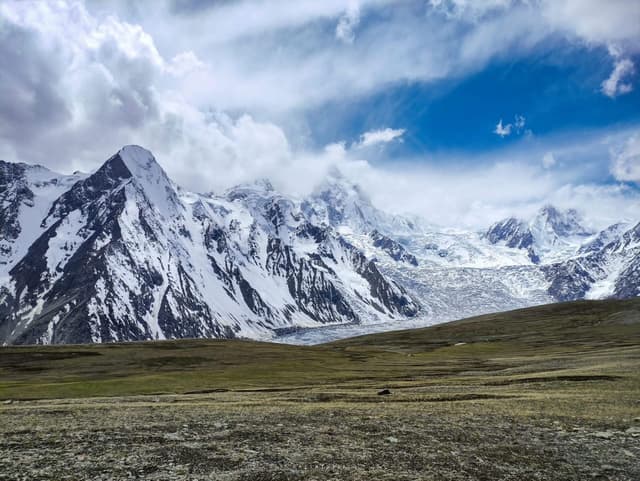 Patundas Trek Hunza (3-days)
Patundas Trek Hunza (3-days) Hunza Valley and Fairy Meadows Tour (11-days)
Hunza Valley and Fairy Meadows Tour (11-days)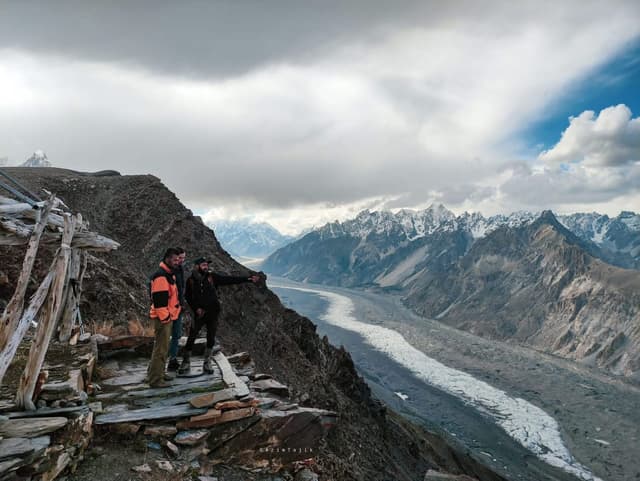 Hunza Valley and Patundas Trek (10-days)
Hunza Valley and Patundas Trek (10-days)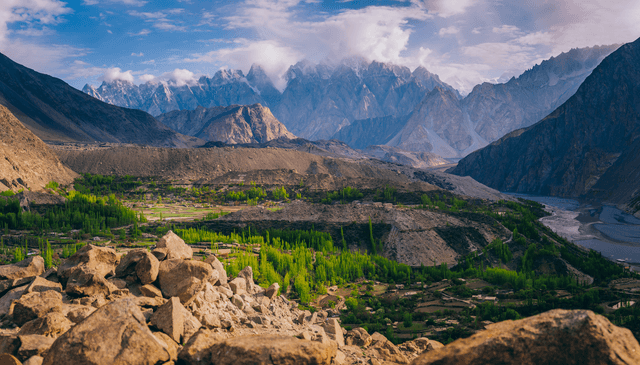 Hunza Autumn Tour (8-days)
Hunza Autumn Tour (8-days)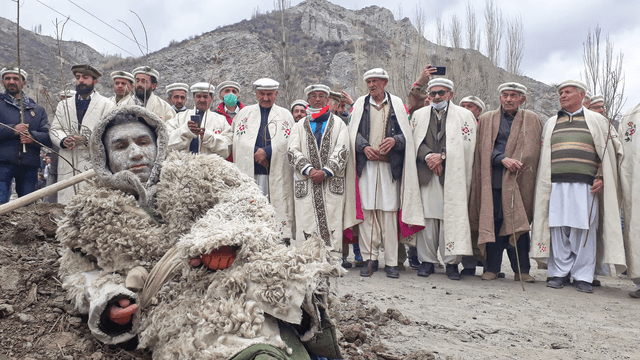 Tegham Spring Festival Hunza (6-days)
Tegham Spring Festival Hunza (6-days)